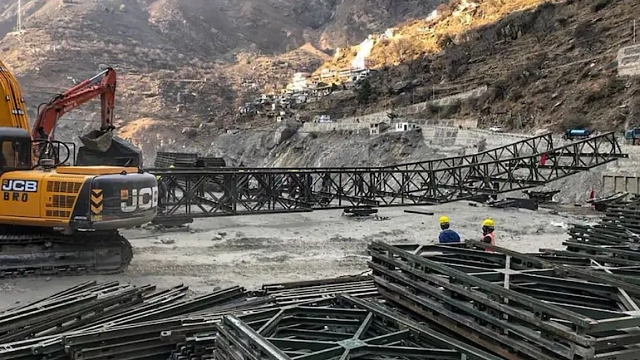
Intergovernmental Body Reveals Major Rockslide Below Ronti Peak Triggered Chamoli Flash Floods
The International Centre for Integrated Mountain Development's (ICIMOD) scientific findings have revealed that the flash floods in the Chamoli district of Uttarakhand last month were triggered by a major rockslide that happened below the Ronti peak.
As per the report, the sheer energy derived from this fall melted the ice and thereby created the source of this flood. The fall's energy of around 22 million cubic meters of rock mixed with ice and snow and thus remobilized the debris and ice that were deposited on the valley floor in the previous events.
This accordingly pushed the stream water and ended up giving rise to an excessive flood wave. The rock slide had an approximate width of almost 550 meters at the upper edge at 5500 meters above the sea level.
The ICIMOD researchers clarified that any glacial lake outburst flood didn't stimulate the calamity, as there were no prominent glacial lakes in the concerned area.
In fact, there was a strong disturbance across Kashmir and northwest India between 4-6th February and that ended up in heavy precipitation in the area, which is believed to have triggered the rockslide. This also enhanced the magnitude of flood downstream.
Apparently, the ICMOD researchers’ findings tell that infrastructure, specifically the hydropower projects in the flood path aggravated the flood’s impact. “While a hazard event like the flood at Chamoli cannot be directly attributed to climatic changes, the increased thaw-freeze cycle of permafrost could have partially contributed to the event,” ICIMOD was quoted in the Times of India report.
The research reiterates the much-publicized fact that infrastructure development in fragile mountain environments should have a sustainability framework, especially on the environmental front. It hence vouches for disaster risk management to adopt a multi-hazard risk assessment approach to address the aforementioned concerns.